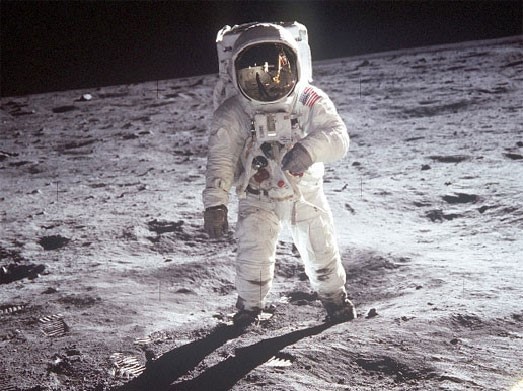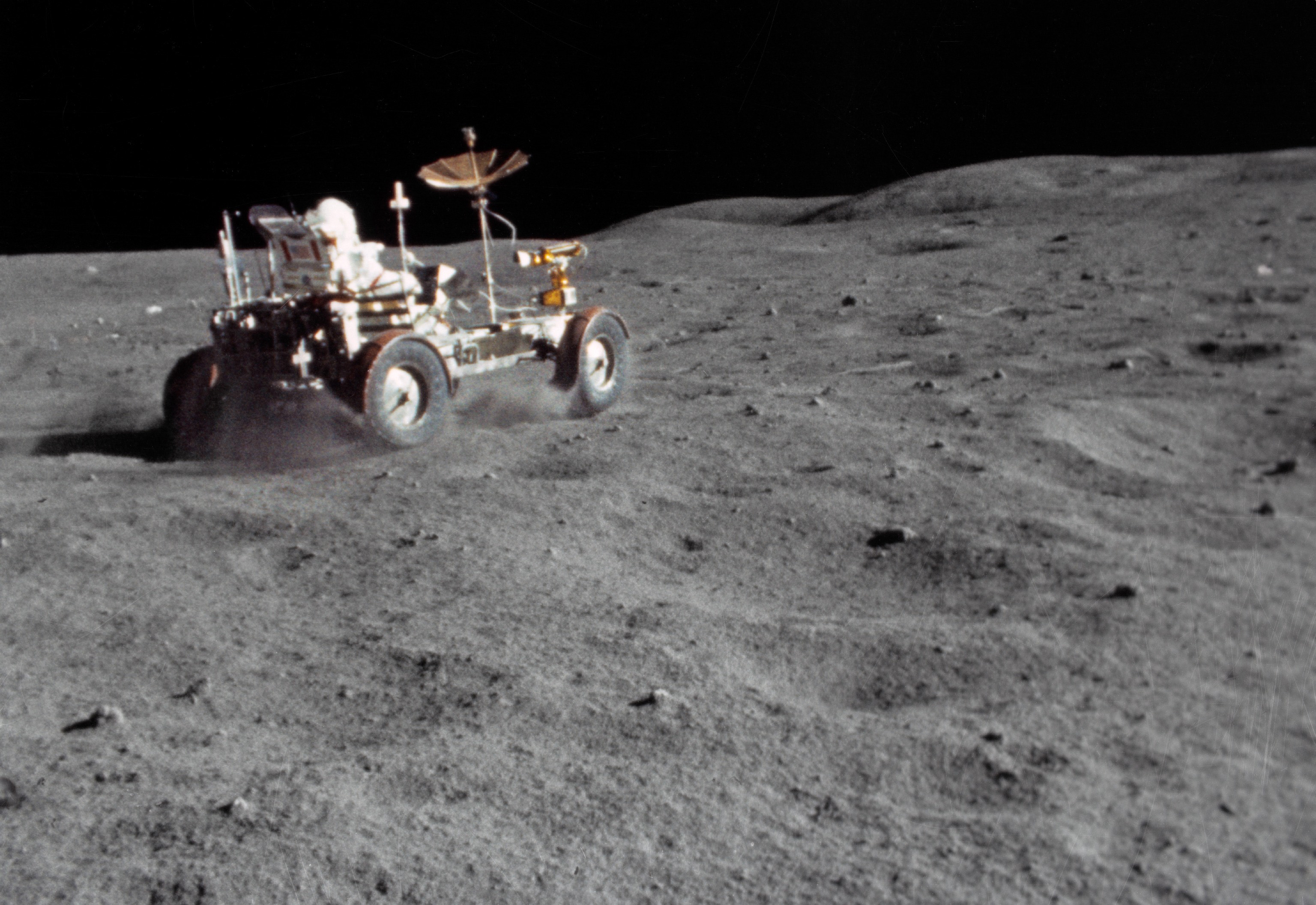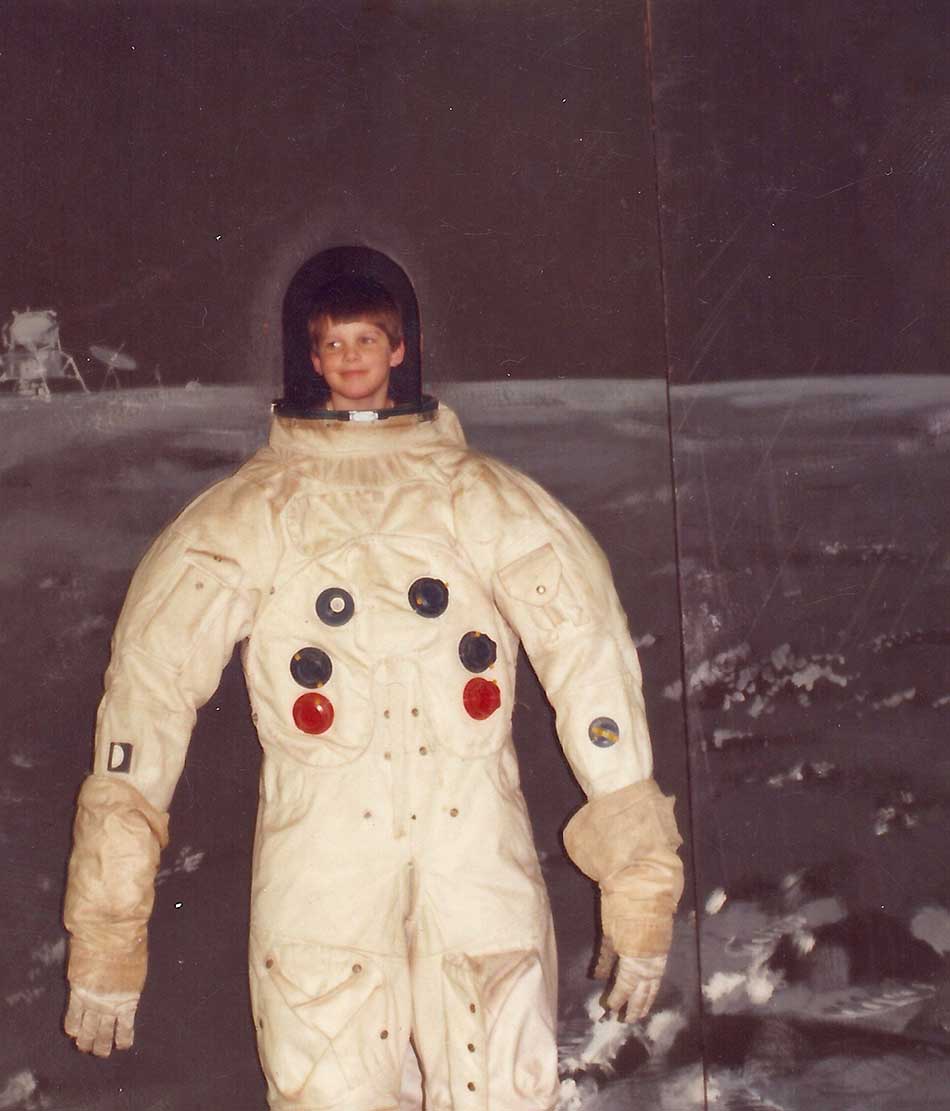About Objective: Moon

NASA astronaut Neil Armstrong was the first human to set foot on the Moon in . (Credit: NASA)
The Moon, a source of inspiration
The Moon has always been a source of wonder. Shining in our night sky, it has fed the imaginations of artists, hopeless romantics, poets, and musicians for centuries. Indigenous peoples consider the Moon to be very spiritual and to have special powers.
Past Moon landings inspired generations of scientists and engineers, like many at the Canadian Space Agency (CSA), who credit images of astronauts walking on the Moon in the 1960s and 1970s with joining the Canadian space program later in life.
Most of our CSA astronauts also started dreaming of exploring space thanks to the Moon missions.
Canada is now preparing to go to the Moon. Our country is part of the NASA-led Gateway program, and we want Canadian youth to reach for their own star; get excited about space and science, technology, engineering and mathematics (STEM); and understand how they can play a role in future missions to the Moon and beyond.
Objective: Moon
The CSA created meaningful, interactive, curriculum-based and accessible hands-on K-12 learning initiatives linked to Moon missions. Teachers, educators and parents will be able to use them in classrooms, in science centres, in youth organizations and at home:
- A healthy mind and body: the key to thriving in space and on Earth (health and nutrition)
- Commanding a rover
- Building an artificial intelligence-enabled robot
- Space brain hack
Supporting teachers and educators
Helping you inspire Canadian youth through engaging space initiatives
Space has a unique ability to inspire young people across all genders, cultures and communities to pursue an interest and studies in STEM subjects and eventually transition into the STEM workforce.
Since we believe that helping Canadian youth is a shared responsibility, our initiatives will be tailored to the needs of teachers in the classroom, but also of educators in more informal learning settings. For us, educators can include staff, volunteers and activity leaders at various organizations (e.g. science centres and museums, youth associations, clubs and community groups) and parents, whether or not they homeschool their kids.
Free, bilingual resources are available
- posters, infographics and images from our searchable gallery
- hundreds of videos by astronauts and experts on a variety of topics
- virtual or in-person talks by astronauts and space experts
- fun K-12 learning resources (from colouring sheets to digital games and simple experiments)
- space career profiles and information
We encourage you to follow us on social media and put yourself on our newsletter to stay informed. If you have any questions, feel free to email us.

The Lunar Roving Vehicle during the Apollo 16 mission. For Julie Payette, seeing astronauts drive around on the Moon in this "Jeep" when she was young inspired her to become an astronaut herself. (Credit: NASA)
Supporting parents
We believe that parents have the greatest influence on the learning and future education and career choices of their children. They have the power to encourage their children to always stay curious and spark their interest in space and STEM.
If you want to give your kids STEM learning opportunities outside of school, we invite you to go to your local science centre, library or youth organization. Also, here are some activities to consider:
- Learn about the Moon
- Get outside to gaze at the Moon and the night sky (no need to be an astronomy buff to enjoy the beauty of the stars, but here are a few astronomy basics and tips; did you know that you can also spot the International Space Station with the naked eye from your backyard?)
- Check out our fun online resources about the Moon and other space topics
We also suggest that you follow us on social media and put yourself on our email distribution list to stay connected.
Dreaming of the Moon

Young Jeremy Hansen, when he was about 6 years old, poses in a mock-up of the Apollo lunar spacesuit during a family trip to NASA's Kennedy Space Center in Florida. (Credit: Hansen family)
"The inspiration provided by the Apollo program – the bravery, competence and technical achievement – changed my life. It gave me the idea and the permission to imagine myself as an astronaut."
"I remember looking at photos of humans on the Moon as a young child and then staring up at the Moon in the night sky and realizing people had been there. From that point forward I was looking in my school library for books on space and it was all about building bases on other planets and travelling to other planets. I thought, ‘That is what I am going to do someday.’
I turned my treehouse into a rocket ship. I had dials and circuit breakers for switches and all sorts of stuff. I was really exploring space at a young age, because of the fact that I saw that humans had left our planet and walked on the Moon. I still think today that it is the coolest thing."
"Just the thought of the day when we might see a Canadian flag on the Moon is something that excites me like nothing else. That day is coming."
"When I was 9 or 10 years old, I would watch the exploits of the astronauts of the Apollo missions on TV, who were going back and forth from Earth to the Moon. I said to myself, ‘One day, I would like to become an astronaut too.’ I was fascinated by the lunar Jeep, the rocket propulsion and the spacesuits. I wanted to do the same thing."
"As a child, I was impressed by photos of Earth taken by the Apollo astronauts from the Moon and I was drawn to a life of adventure, exploration and discovery."
"Going to the Moon in the Apollo era changed what we thought was possible. (…) I would absolutely want to be the first woman on the Moon. It just provides so many opportunities for humankind, science and exploration."
